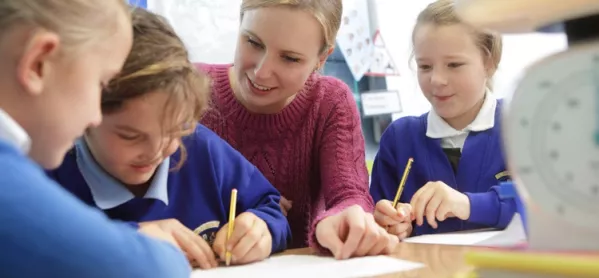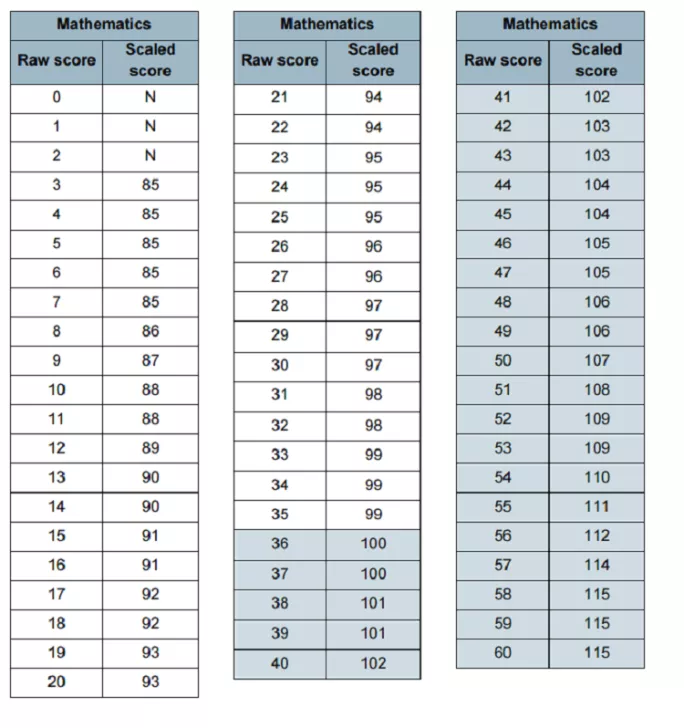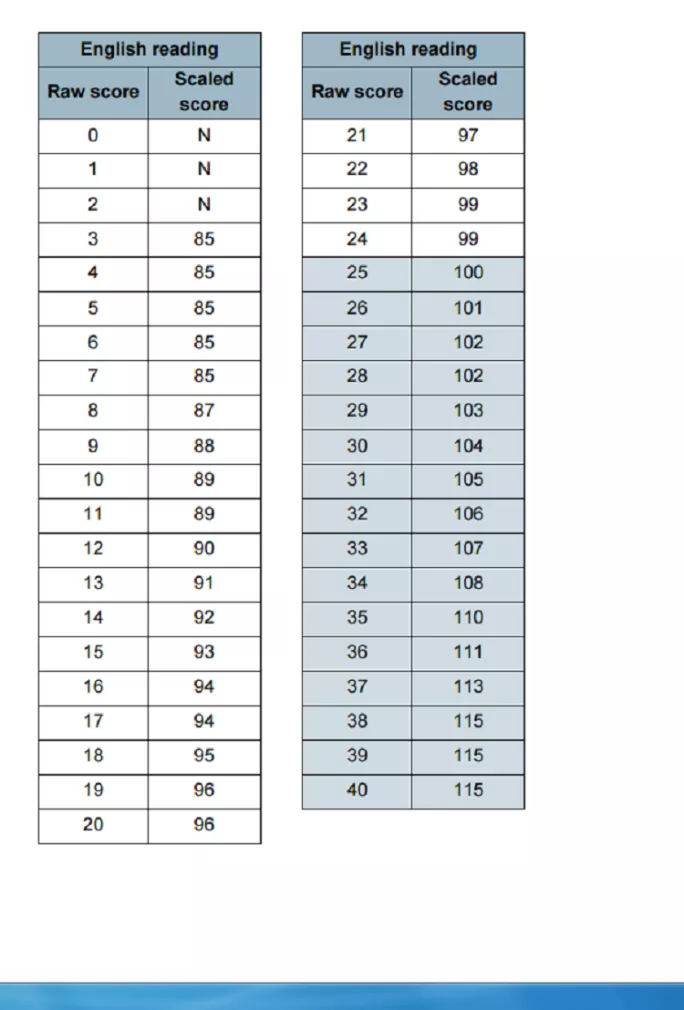The scores needed by six and seven-year-old pupils to reach the expected standard in their key stage 1 tests were emailed to schools by the Standards and Testing Agency (STA) today.
In reading, the score needed has jumped from 22 out of 40 last year to 25 out of 40 this year.
In spelling, grammar and punctuation there has been a slight drop, from 25 out of 40 marks last year to 24 out of 40 marks this year. In maths, pupils were at the expected level if they got 36 out of 60 marks - a drop from 37 out of 60 in 2016.
Teachers expected the scores to be published on the Department for Education website today, as set out in the government’s arrangements for the tests. But the STA has instead emailed them directly to schools.
Michael Tidd, deputy head at Edgewood primary, Hucknall, Nottinghamshire, said: “The increase of three points needed to meet the expected standard at KS1 will raise questions for schools about the forthcoming KS2 scaled score conversions. The change from 22 to 25 marks represents a shift from 55 per cent to more than 62 per cent required to meet the expected standard.
“After feeling so positive following the Year 6 reading test this year - particularly in comparison last year’s very challenging paper - schools and heads may now be wondering whether the apparently fairer structure in this year’s tests might lead to much higher thresholds in Year 6 too.”
The KS1 tests were administered and marked by teachers in May. There are no set days for the tests and pupils in the same school may take the test on different days, although each pupil must only take each test once.
The reading and maths test results are used by teachers to support their teacher assessment judgements. The teacher assessment is reported, but the test results are not.
The tables sent to schools show what raw score is needed on the test to achieve the scaled score, where a scaled score of 100 means the pupil has met the expected level.
The tables are below:
Mathematics
Reading
Grammar, punctuation and spelling
Want to keep up with the latest education news and opinion? Follow Tes on Twitter and like Tes on Facebook.







